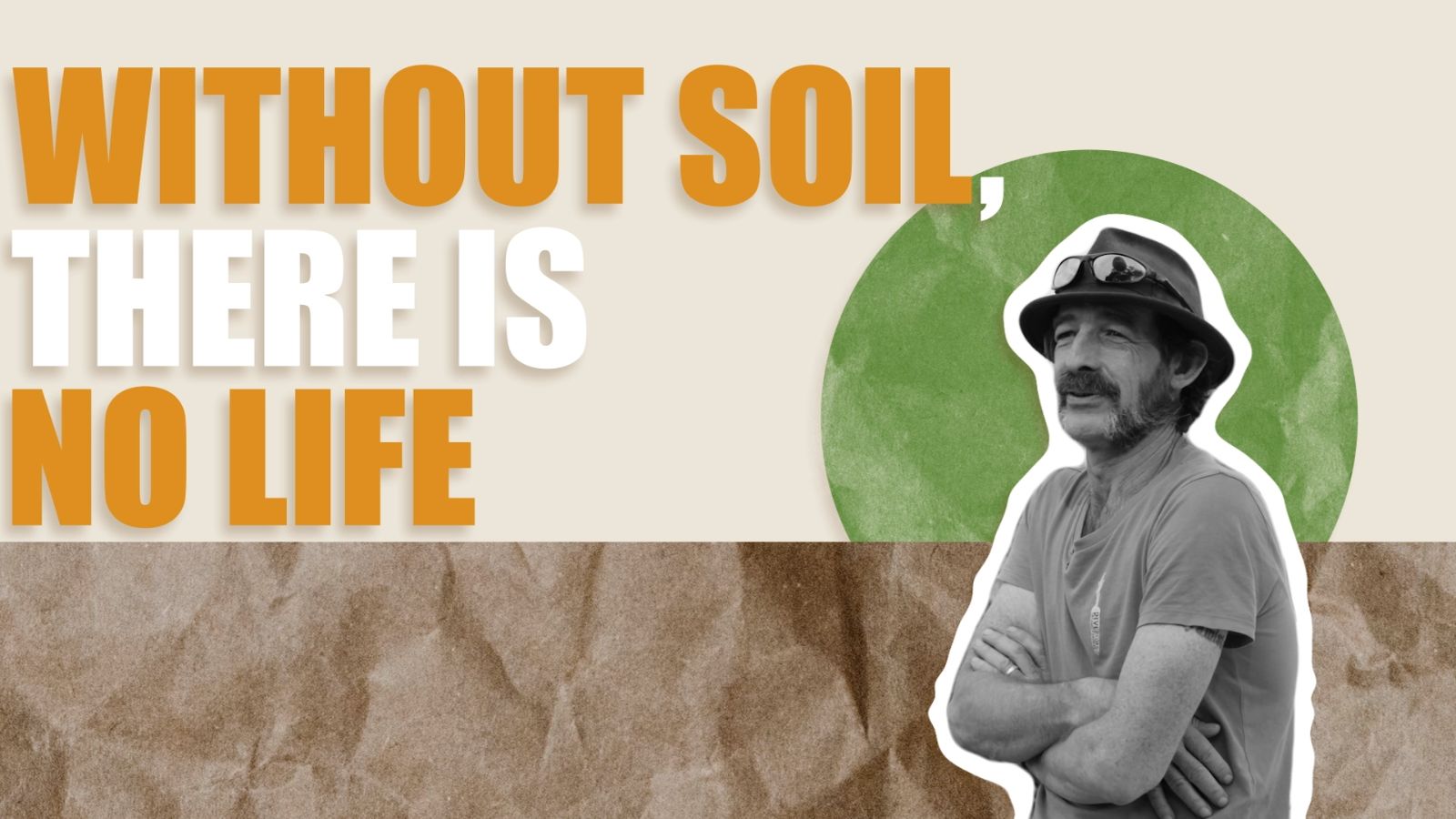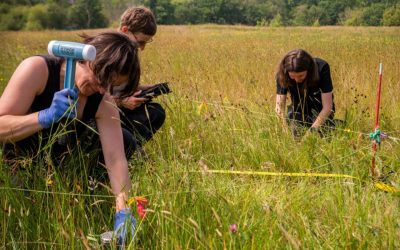The invisible threat to the world’s food and water security, health and environment
Experts are raising alarm bells about what they call an invisible threat to the world’s food and water security, health and environment. With detrimental implications for ecosystems, food chains and human health, the links between the climate crisis, plastics, biodiversity and toxins, are all part of the same story.
Recent research by the United Nations Environment Programme (UNEP) and the Food and Agriculture Organisation of the United Nations (FAO) shows that agricultural soils may receive greater quantities of microplastics than oceans. Very little of the plastic we discard every day is recycled or incinerated in waste-to-energy facilities. Much of it ends up in landfills, where it can take up to 1,000 years to decompose, leaching potentially toxic substances into our soil, water and air every single day.
Plastics have significant carbon footprints
Plastic pollution is certainly accelerating climate breakdown, threatening our ability to maintain a survivable climate. Contributing to 3.4% of global greenhouse gas emissions, according to the OECD, plastics have significant carbon footprints throughout their lifecycle. And with plastic waste management technologies resulting in the release of toxic metals, organic substances, acid gases, and other toxic substances to our air, water, and soils, something urgently needs to be done.
By 2050, the cumulative greenhouse gas emissions from cradle to grave of plastics
could reach over 56 gigatons, which represents 10-13 percent of the entire remaining carbon budget. The immense quantity and diversity of both plastics and plastic chemicals already poses enormous challenges, but with petrochemical and plastic industries are planning massive expansions in production, the problem is on track to get much worse.
The use of products containing plastic on farms adds yet another threat to the toxic trail of economic growth. Commonly used materials, such as polymer-coated slow-release fertilisers, sewage sludge containing micro-plastics from our activities, compost, non-biodegradable plastic mulching and greenhouse films add yet another threat to the toxic trail of economic growth. They affect the physical characteristics of soil, like soil aggregation, water holding capacity, microbial activity, as well as soil flora and fauna and terrestrial organisms.
Toxic effect on organisms
When plastic particles break down, they gain new physical and chemical properties, increasing the risk of being toxic to organisms.
Residual microplastics in field soil cause negative impacts on crop production
Studies indicate that microplastics destroy the soil structure, alter the physico-chemical properties of soil, and affect nutrient mobility and moisture diffusion. They also reduce the availability of nutrients, alter microbial activities, affect crop development and growth, reduce seed germination and slow down root development. This poses a threat to food security.
Plastic pollution is a human health issue
As plastic particles degrade, new surface areas are being exposed, allowing continued leaching of additives from the core to the surface of the particle in the environment and human body.
Microplastics entering the human body via direct exposures through ingestion or inhalation, can lead to an array of health impacts, including inflammation, genotoxicity, oxidative stress, apoptosis, and necrosis. Plastic toxins have direct and documented impacts on skin, eyes, and other sensory organs, the respiratory, nervous, and gastrointestinal systems, liver, and brain and are linked to an array of negative health outcomes, including cancer, cardiovascular diseases, inflammatory bowel disease, diabetes, rheumatoid arthritis, chronic inflammation, auto-immune conditions, neuro-degenerative diseases and stroke.
So how do we keep 450 million tonnes of plastic out of the environment
So how do we keep 450 million tonnes of plastic, currently produced each year, out of the environment and deliver UN sustainable development goals, like poverty elimination, zero hunger and the supply of safe drinking water, amongst many others?
Finding solutions to plastic soil pollution
We must turn the tide, push for action and mobilise a global movement to halt and reverse the damage humanity has caused to the natural world. Recognising that plastic pollution has spiralled out of control is a good first step.
Preventing an ecosystem collapse is the next step. As we move forward, the focus must be on sustainable plastic use, a phaseout of virgin plastic production and agricultural plastics, further innovation in resource-efficient and low-emission business models, reuse and refill systems, sustainable substitute materials, waste management technologies, as well as effective government policies.
Plastic Free July® is a global movement, that is asking millions of people across the world to be part of the solution to plastic pollution. Healthy food, clean water, clean air, and sustainable renewable resources, to which everyone has access to, are the basis of a stable and prosperous society. It is time we all adopt new behaviours to solve ecological, social, and economic problems of plastic pollution. Every single one of us can make a difference.





